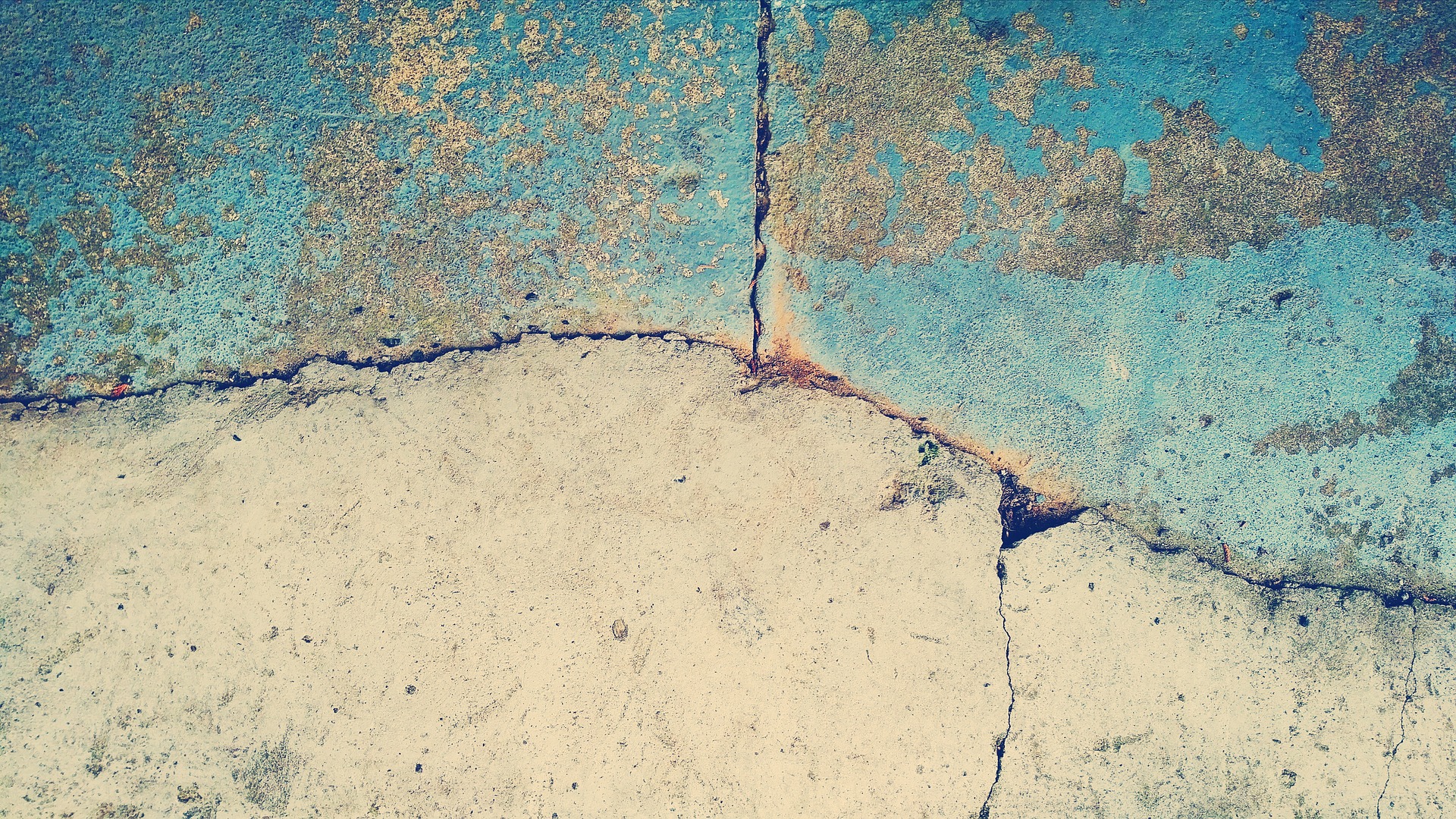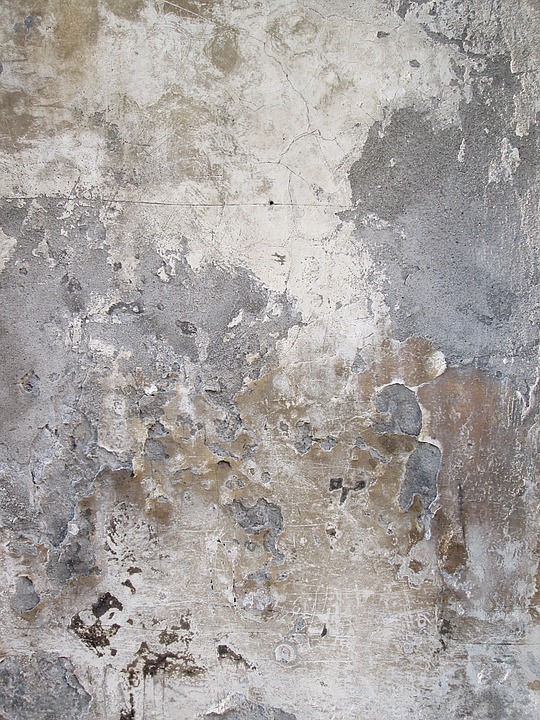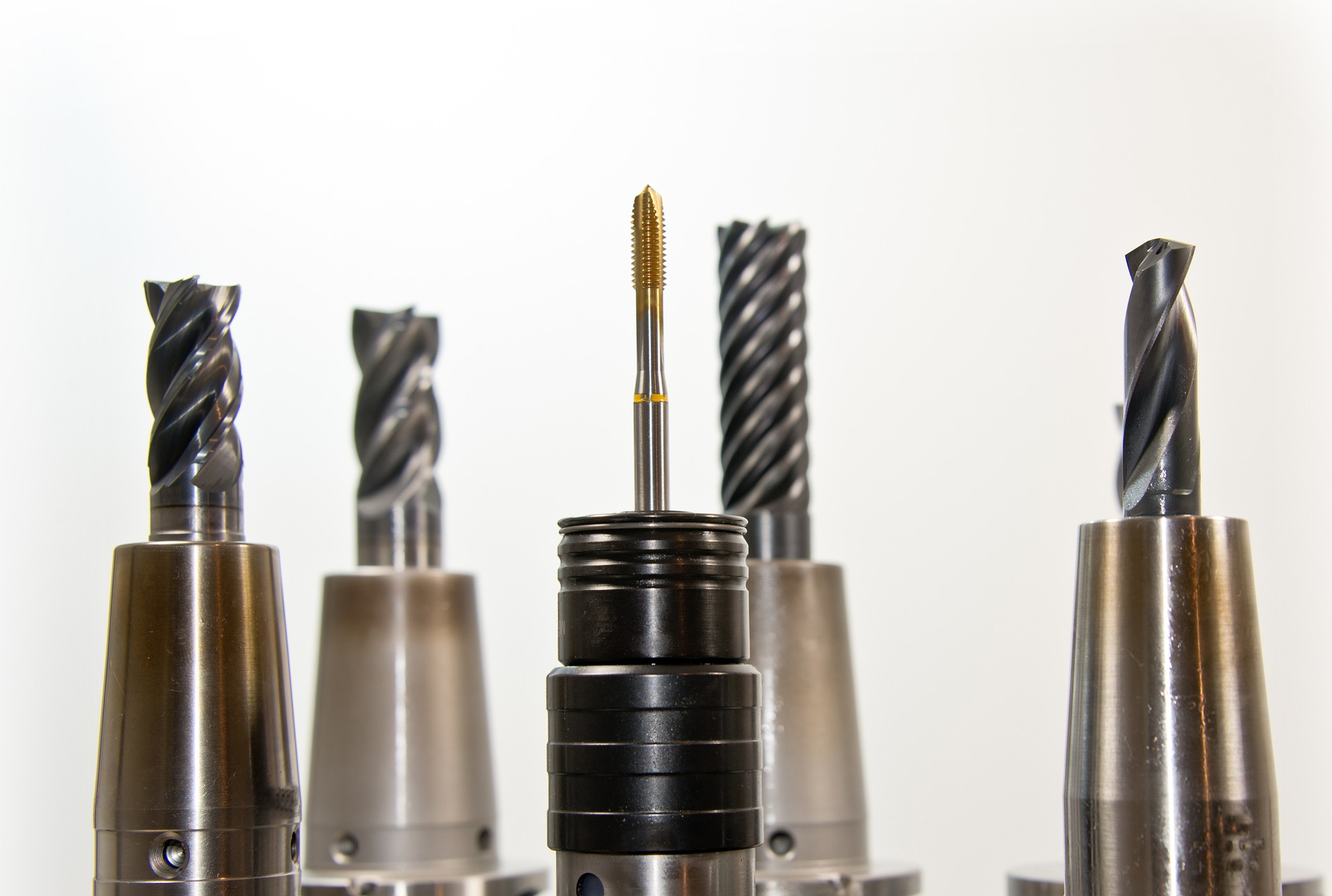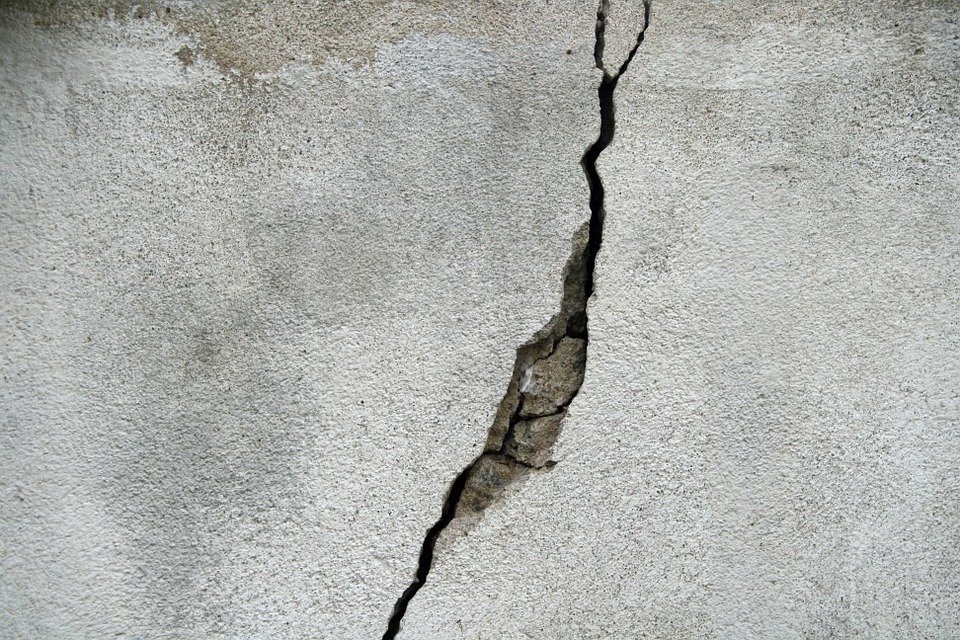Concrete cancer is a serious issue that can cause a lot of damage to your home or business. If you are unfamiliar with this term, concrete cancer is a condition that affects concrete and causes it to deteriorate. This can lead to several problems, including structural damage and safety hazards. In this blog post, we will discuss what concrete cancer is, how to identify it, and what steps you can take to prevent it.
Concrete cancer Brisbane is caused by a process called corrosion. Corrosion occurs when the concrete is exposed to water, chemicals, or other elements over time. As these substances build up on the surface of the concrete, they cause it to weaken and eventually start to crack and crumble. This can cause significant damage if left unchecked. The most common signs of concrete cancer include discoloration, flaking, and spalling (chipping). In addition, you may also find that parts of your foundation are sinking or cracking due to weakened support from the deteriorated concrete beneath it. If you suspect you have concrete cancer in your home or business, it’s important to contact an experienced professional as soon as possible so that any repairs can be made before further damage occurs. Proper maintenance and repair of your concrete is essential for ensuring its longevity, so make sure to keep an eye out for any signs of damage in order to avoid costly repairs down the line.
If left untreated, concrete cancer can cause several different problems. Moisture seeping into the weakened concrete can lead to mold growth, and further weaken it. The weakened parts may also begin to rust and corrode, creating a haven for pests such as insects or animals who may find shelter in the cracks and crevices created by the deterioration. In addition, if parts of your foundation are affected by concrete cancer, they could become unstable, which could cause the entire structure to become unsafe or collapse completely.
If you suspect that your concrete is showing signs of concrete cancer, it’s important to take the necessary steps to address it right away. The repair process will depend on the severity and extent of the damage, but in any case it’s important to have a professional examine the issue first. In some cases they may be able to fix minor problems with sealants and epoxies, while more serious issues may require replacement or reinforcement of affected areas.
No matter how severe the condition is, taking action quickly can save you from more expensive repairs down the line and help ensure that your structure remains safe for years to come. If you notice any signs of concrete cancer, contact a professional for an inspection as soon as possible. They’ll be able to assess the damage, provide you with an estimate of repair costs and advise you on the best course of action. With the right approach, you can keep your concrete strong and ensure it stands the test of time. Concrete cancer Brisbane






